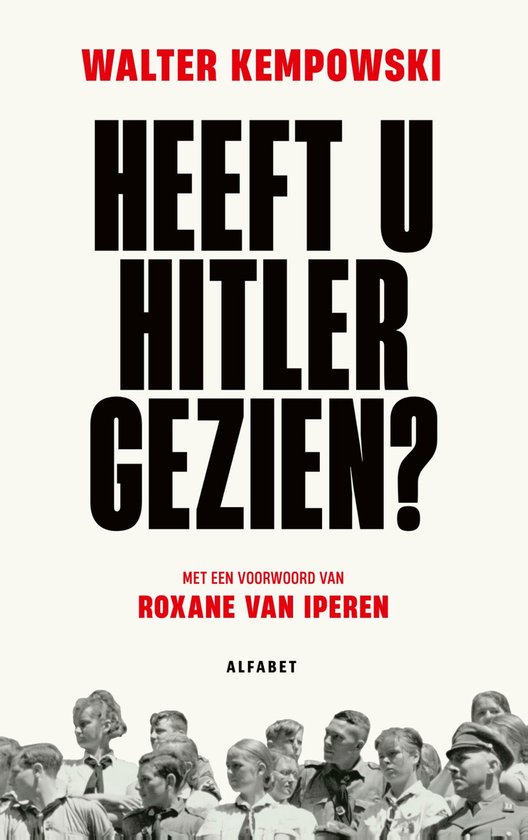
An Ordinary Youth
A provocative novel about growing up in Nazi Germany, as seen through the eyes of a child witnessing the spread of intolerance and political unrest in his town.
An Ordinary Youth is a novel drawn directly from Walter Kempowskis boyhood in Rostock, Germany, at the height of the Nazi regime. For Walter, whose family is moving house when the novel opens, the interest is in his tin soldiers and older brothers jazz records, his fathers fluctuating moods, and his mothers ministrations and anxieties. The Kempowskis are a close-knit, affectionate family, with their own private jokes and stories, breakfast routines and dinner quarrels; despite the packing crates, everything seems in its rightful place, and no one, least of all Walter, suspects the coming cataclysm. In place of a coherent literary narrative, Kempowski brings the past to life through a choir of voices: dialogue, song, architecture, literature, commercials, and political slogans all speak through Walters perspective. Through these deft sketches of Rostock, at the heart of which is his own family, Kempowski shows this hugely turbulent nationwith its mounting intolerance and political machinations (sometimes in gossip, sometimes bombs falling from the sky)racing toward war. An Ordinary Youth is a time capsule of talk: the talk of the respectable bourgeoisie who are complicit members of a racist, genocidal regime. If there is guilt in Kempowskis universe, it belongs to the whole body formed by these individual voices. An immediate bestseller when it was first published in Germany in 1971 (as Tadellöser & Wolff), An Ordinary Youth remains the best-known of Kempowskis novels and the most revealing.
An Ordinary Youth is a novel drawn directly from Walter Kempowskis boyhood in Rostock, Germany, at the height of the Nazi regime. For Walter, whose family is moving house when the novel opens, the interest is in his tin soldiers and older brothers jazz records, his fathers fluctuating moods, and his mothers ministrations and anxieties. The Kempowskis are a close-knit, affectionate family, with their own private jokes and stories, breakfast routines and dinner quarrels; despite the packing crates, everything seems in its rightful place, and no one, least of all Walter, suspects the coming cataclysm. In place of a coherent literary narrative, Kempowski brings the past to life through a choir of voices: dialogue, song, architecture, literature, commercials, and political slogans all speak through Walters perspective. Through these deft sketches of Rostock, at the heart of which is his own family, Kempowski shows this hugely turbulent nationwith its mounting intolerance and political machinations (sometimes in gossip, sometimes bombs falling from the sky)racing toward war. An Ordinary Youth is a time capsule of talk: the talk of the respectable bourgeoisie who are complicit members of a racist, genocidal regime. If there is guilt in Kempowskis universe, it belongs to the whole body formed by these individual voices. An immediate bestseller when it was first published in Germany in 1971 (as Tadellöser & Wolff), An Ordinary Youth remains the best-known of Kempowskis novels and the most revealing.
| Auteur | | Walter Kempowski |
| Taal | | Engels |
| Type | | Paperback |
| Categorie | | Literatuur & Romans |




